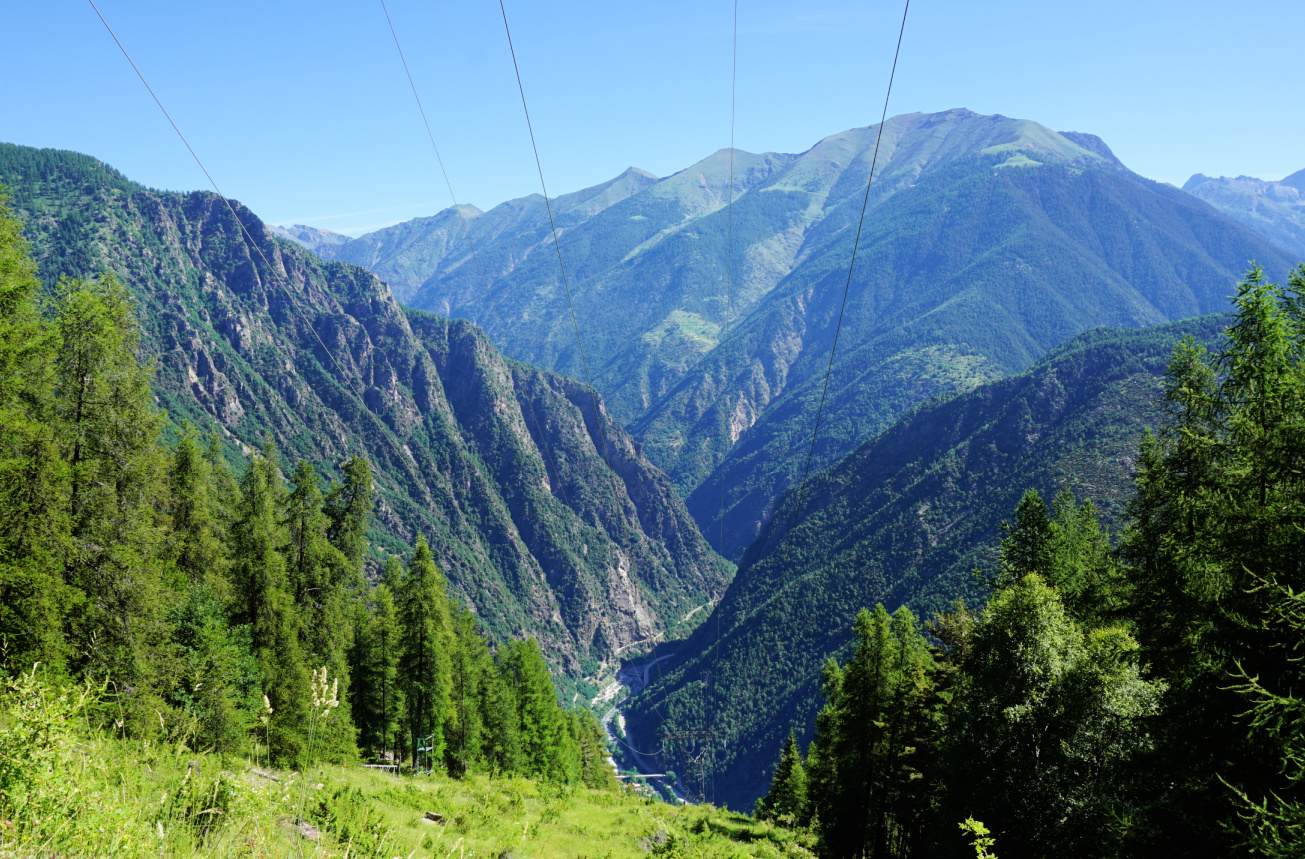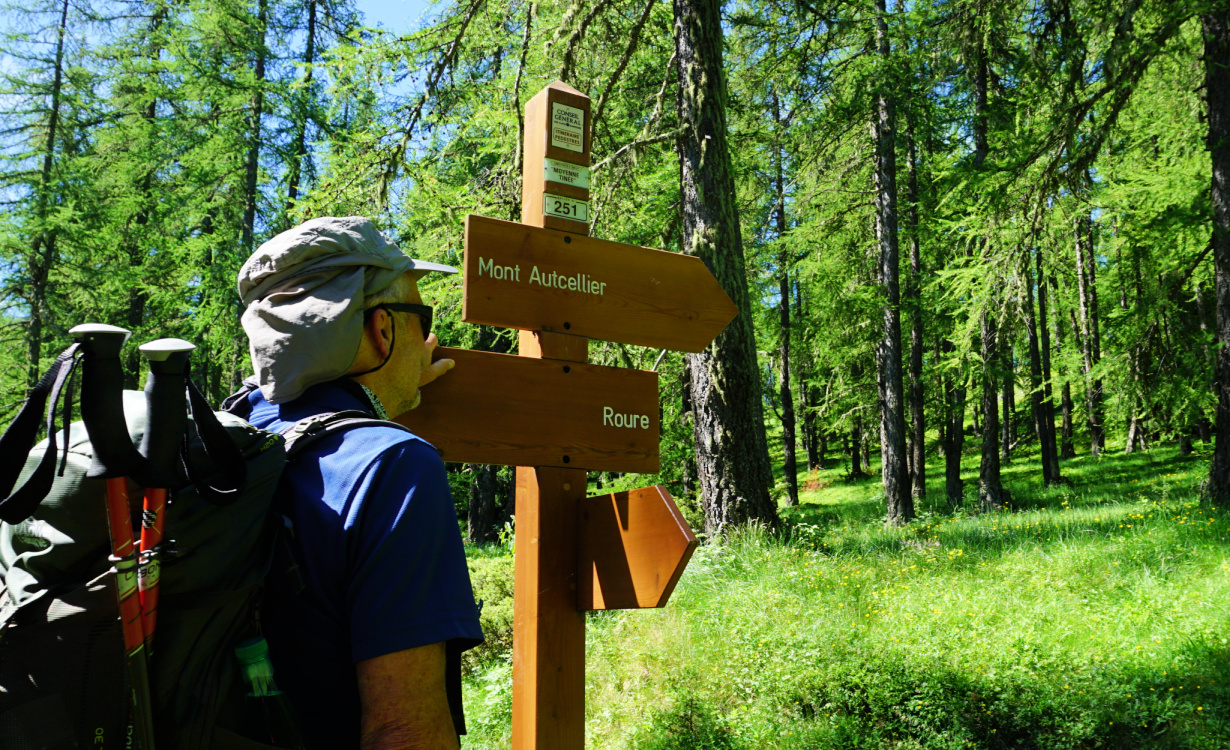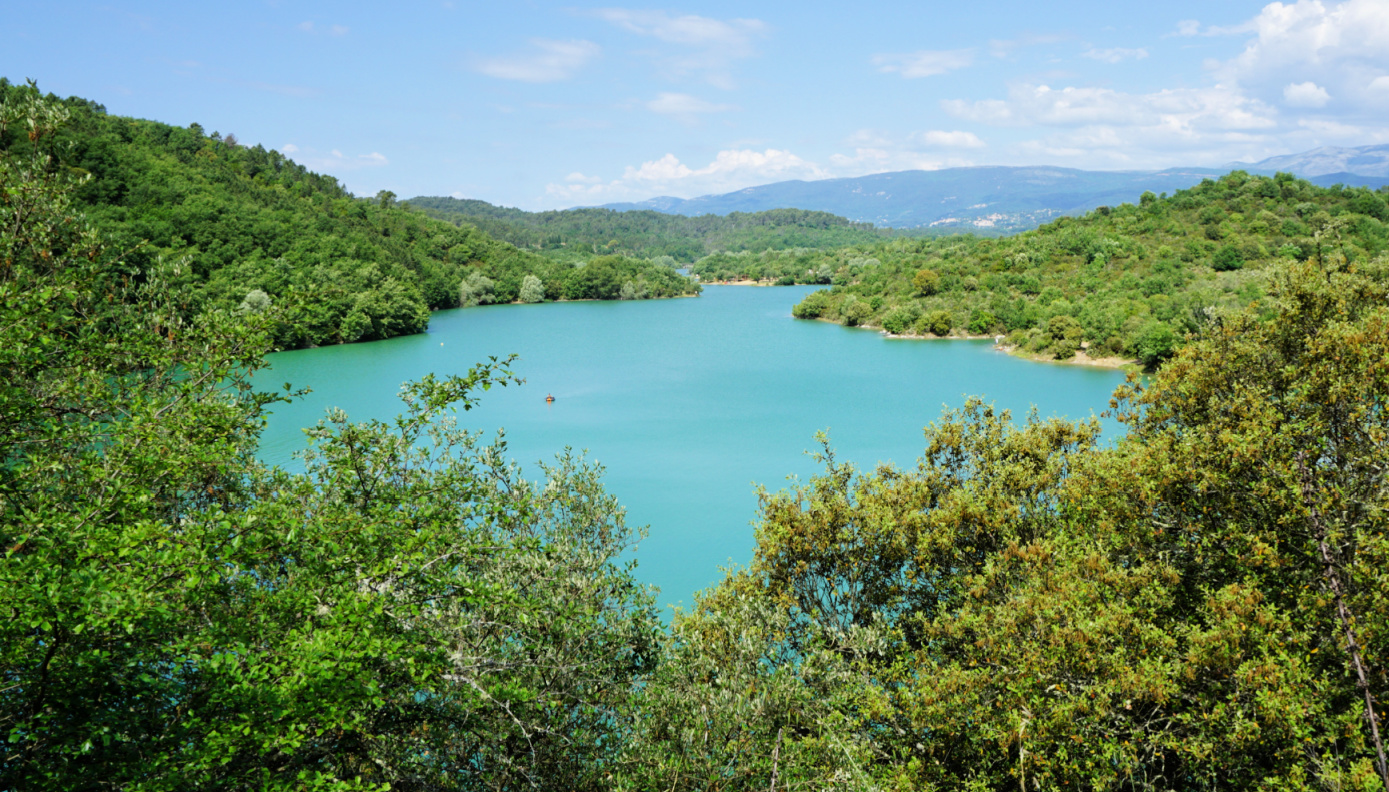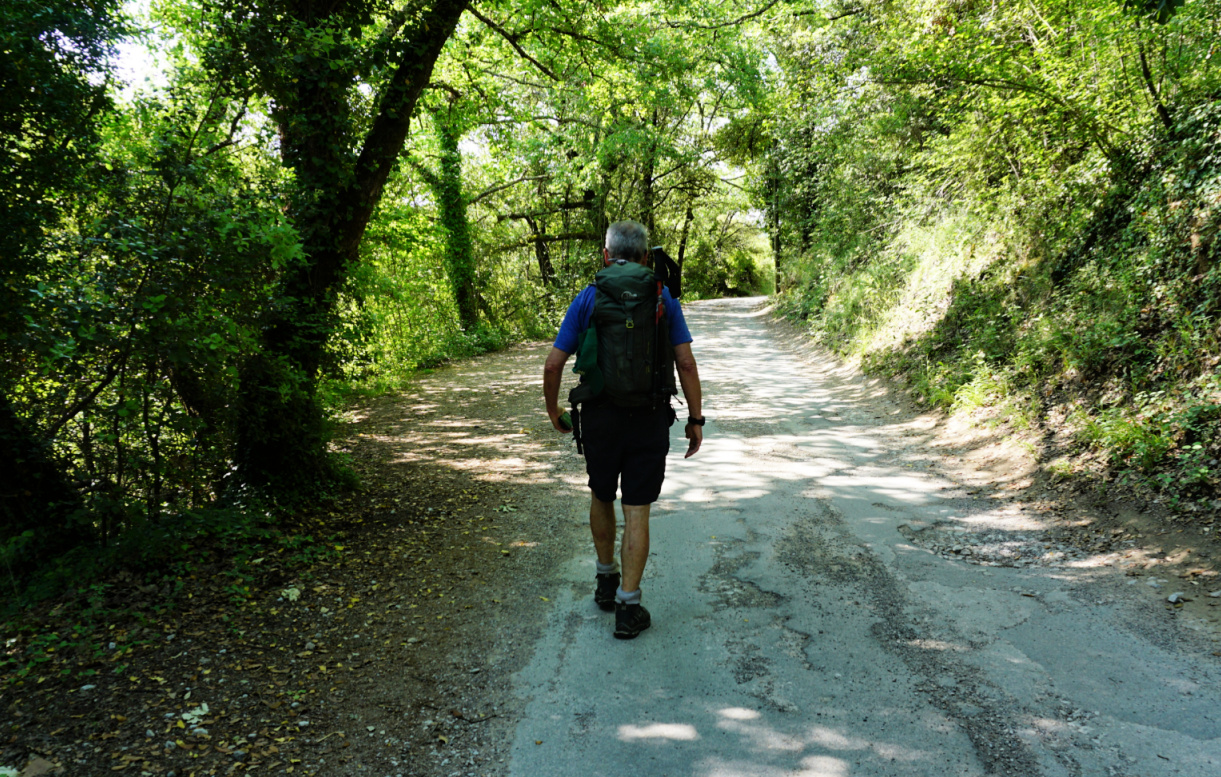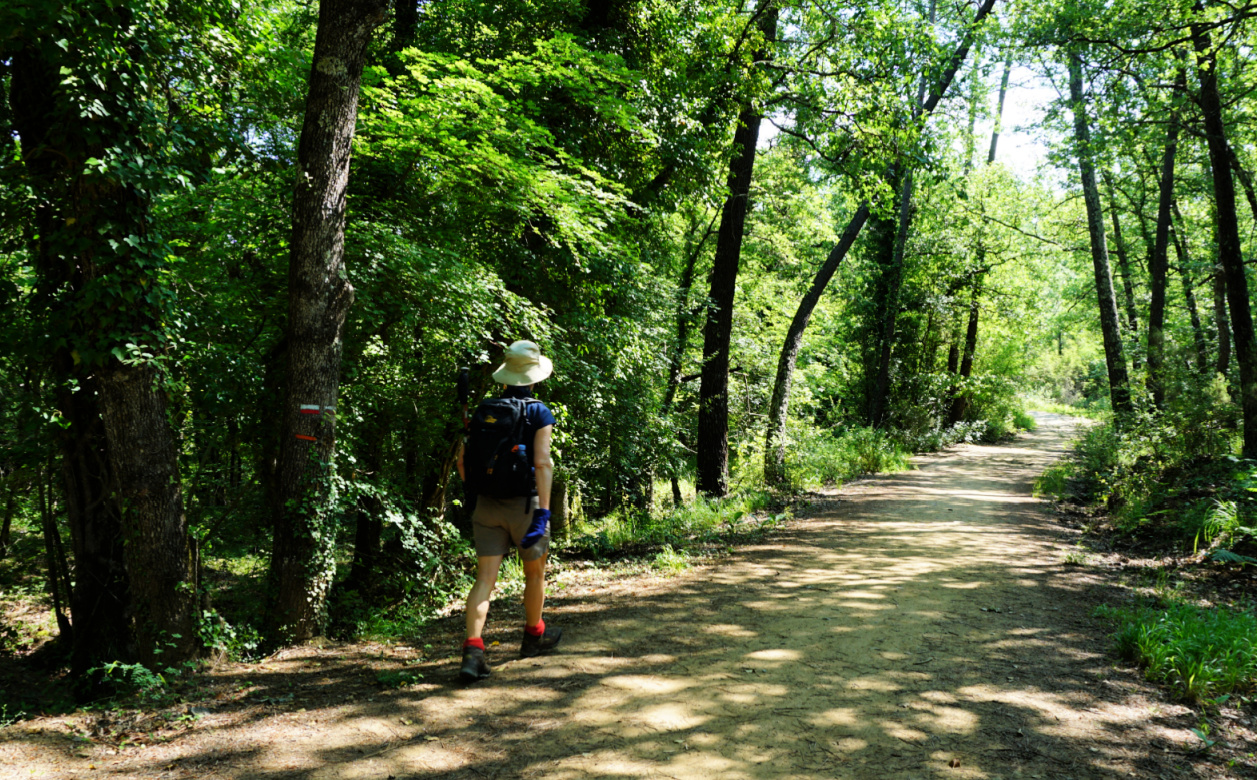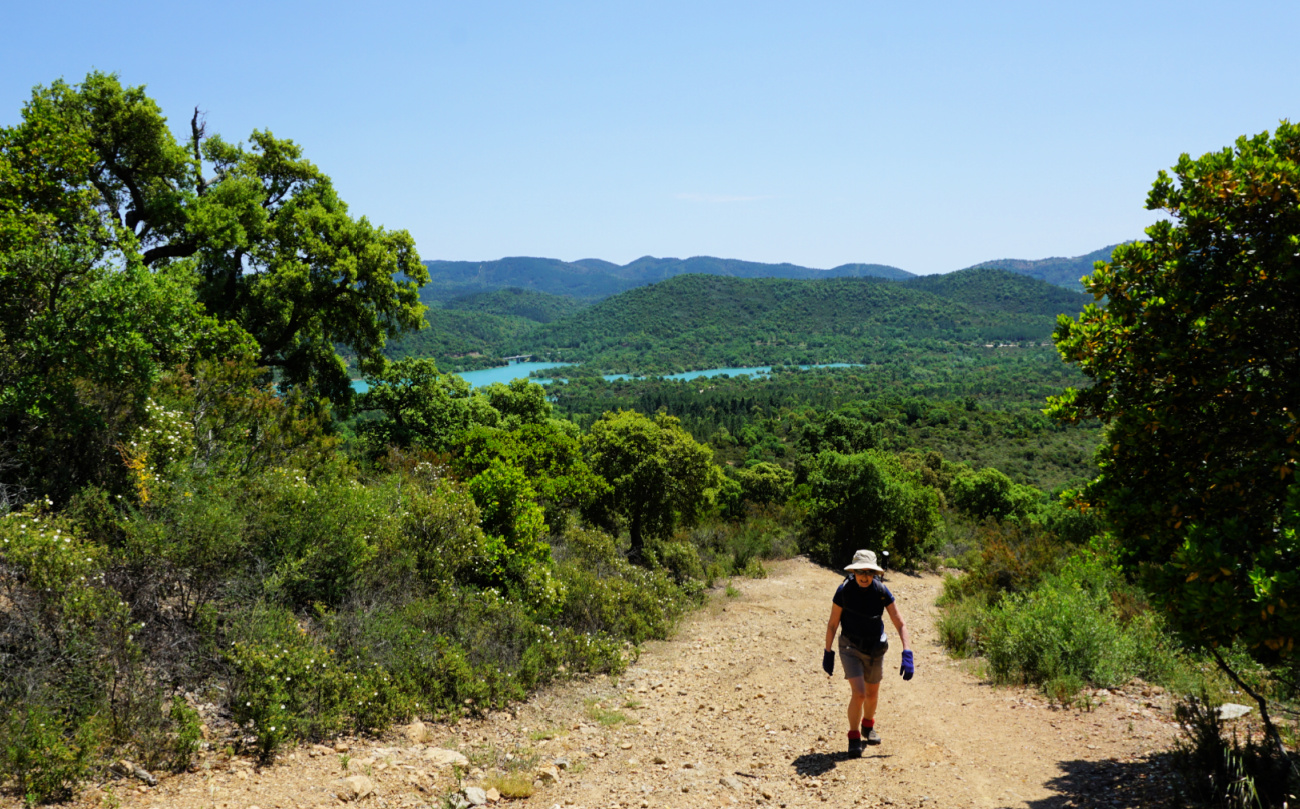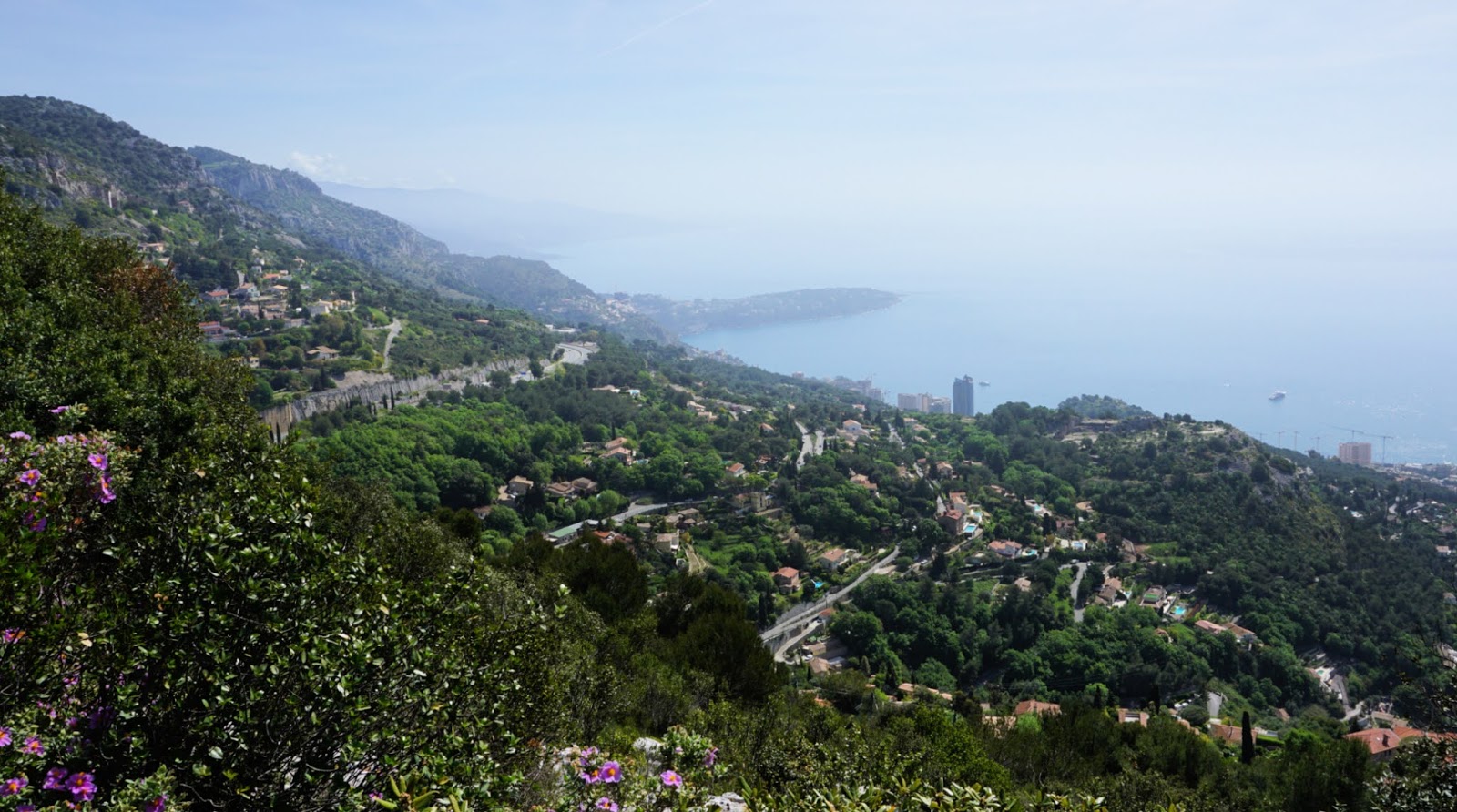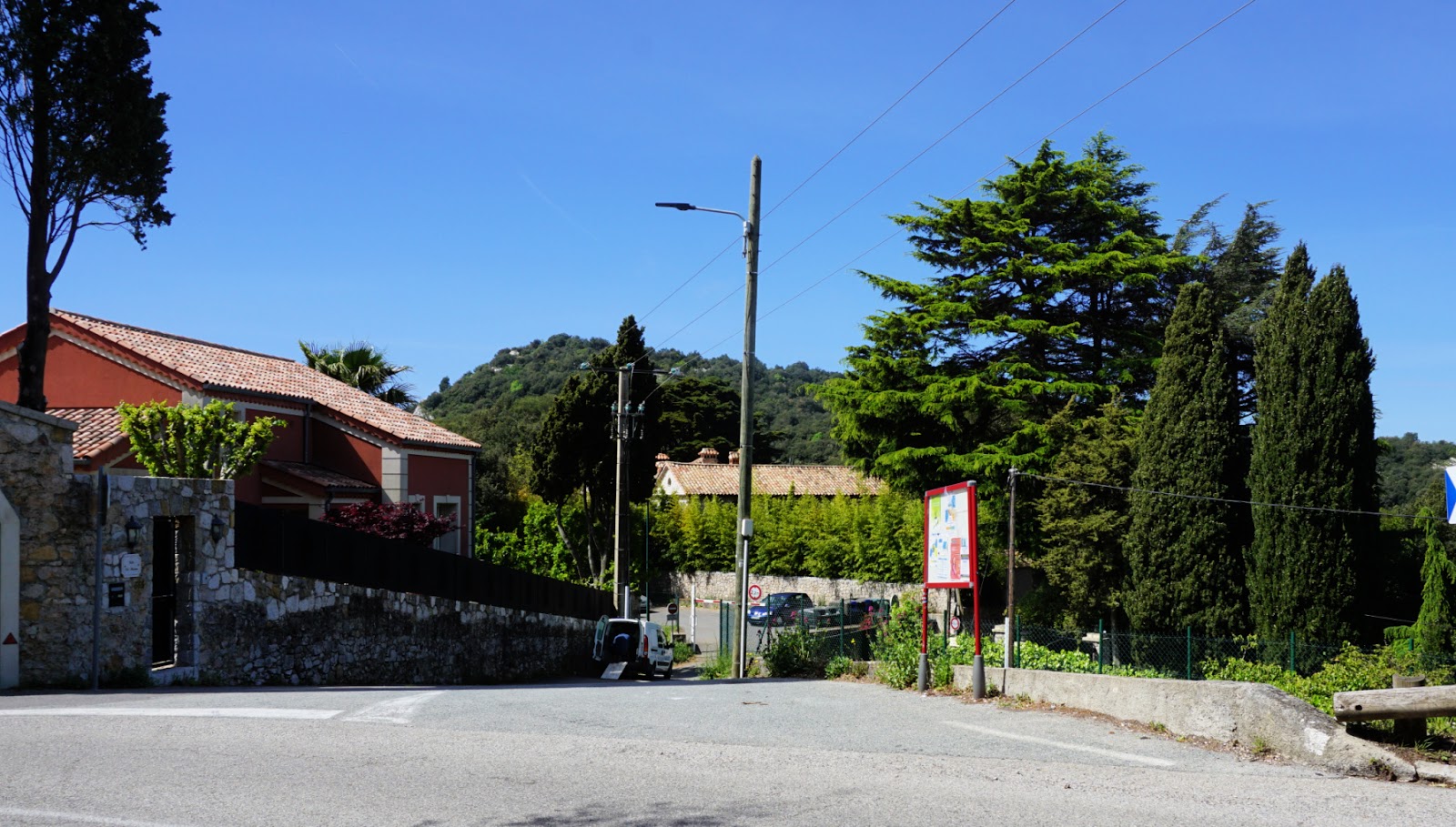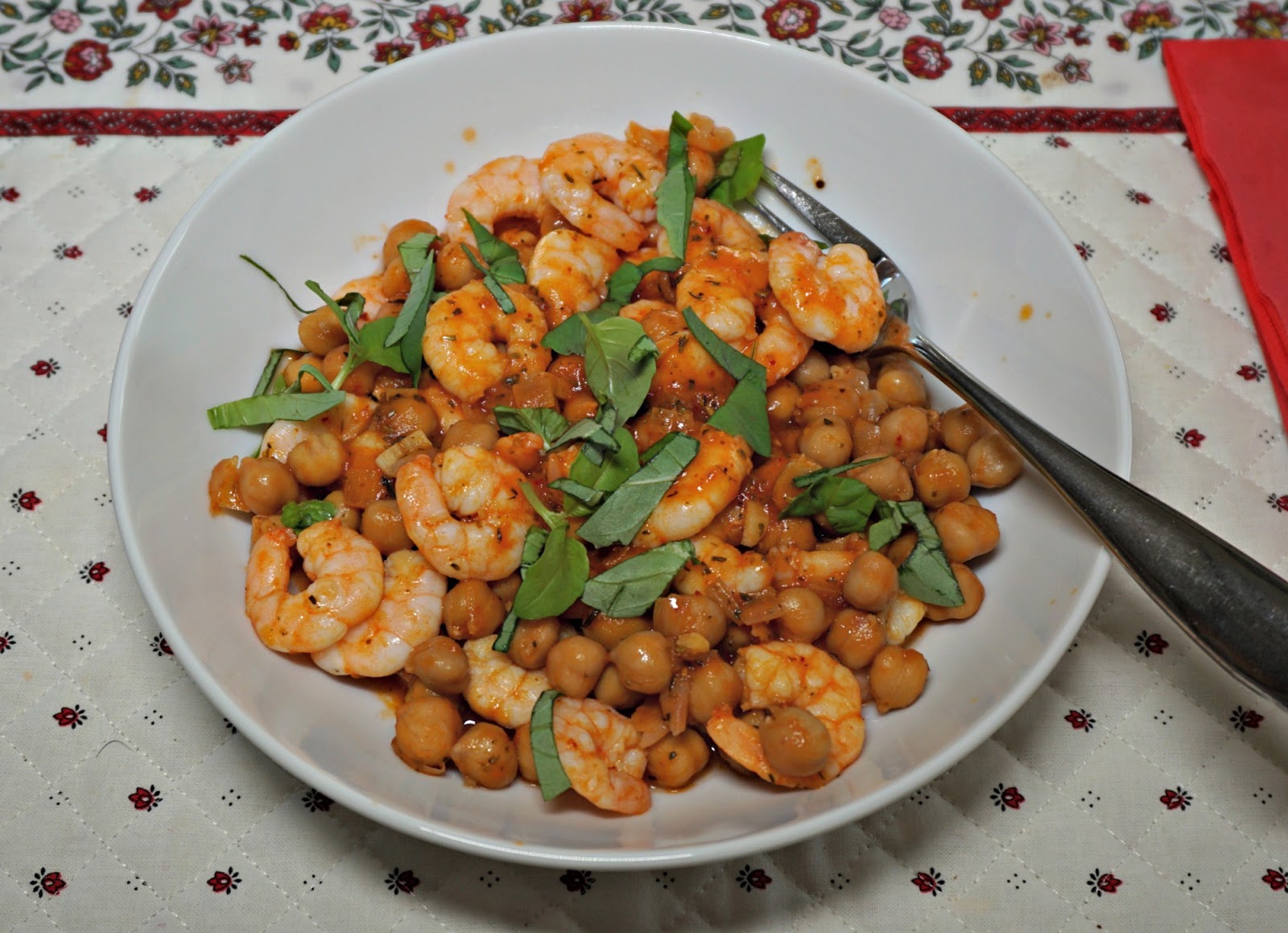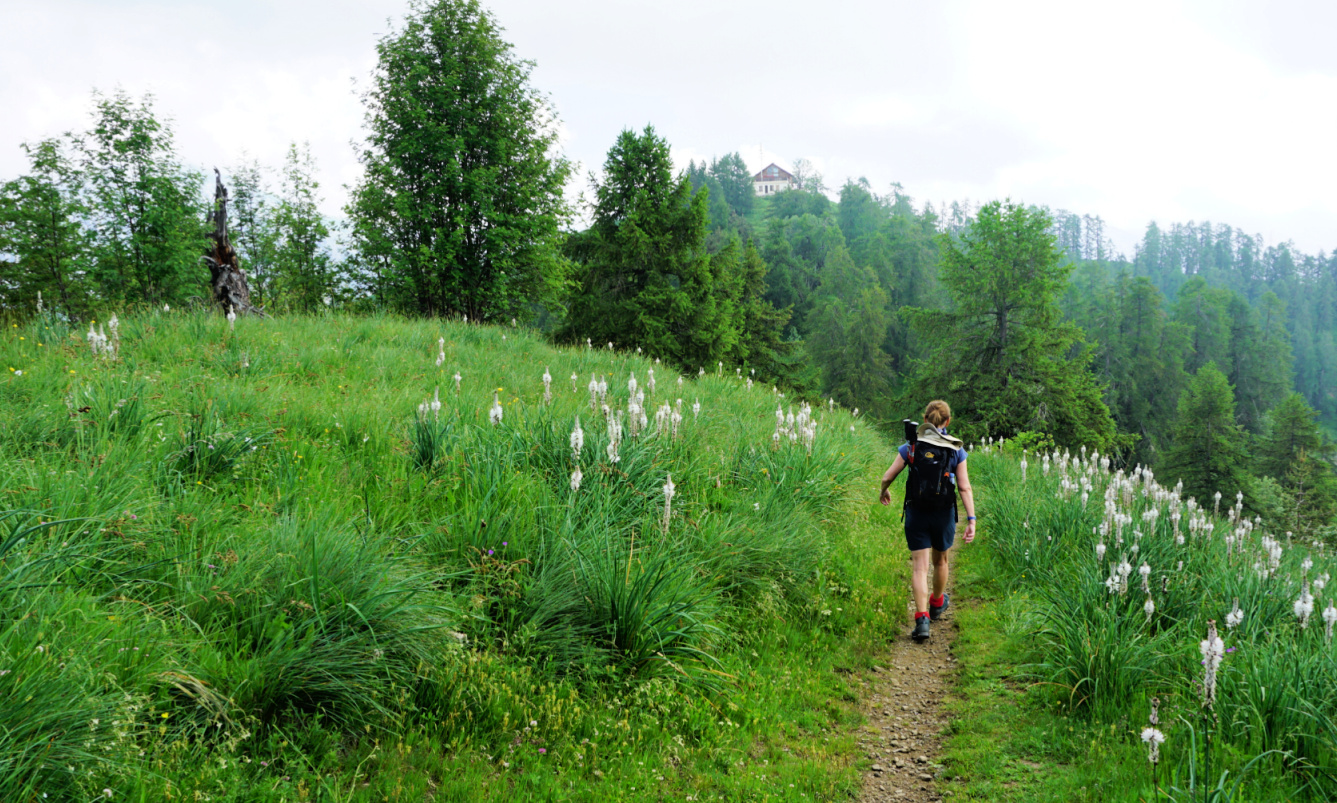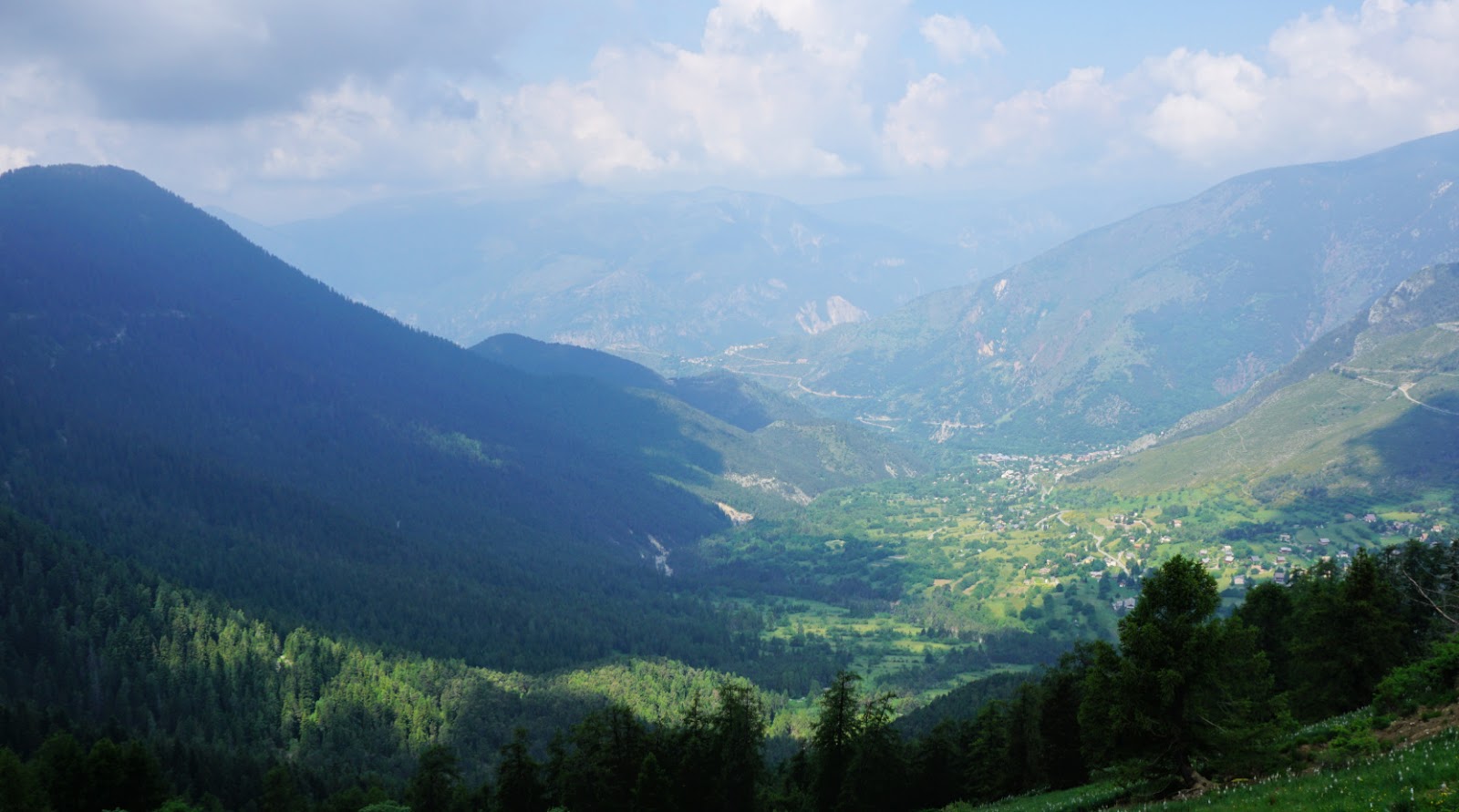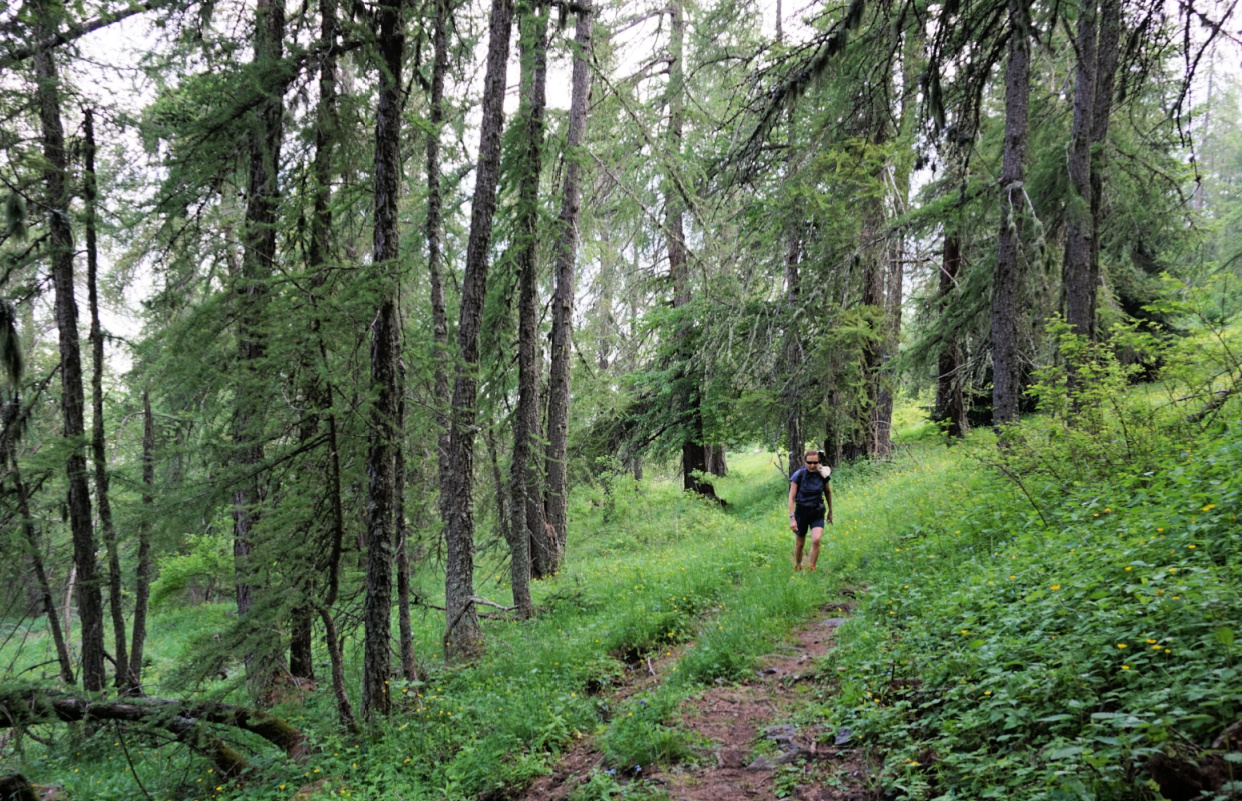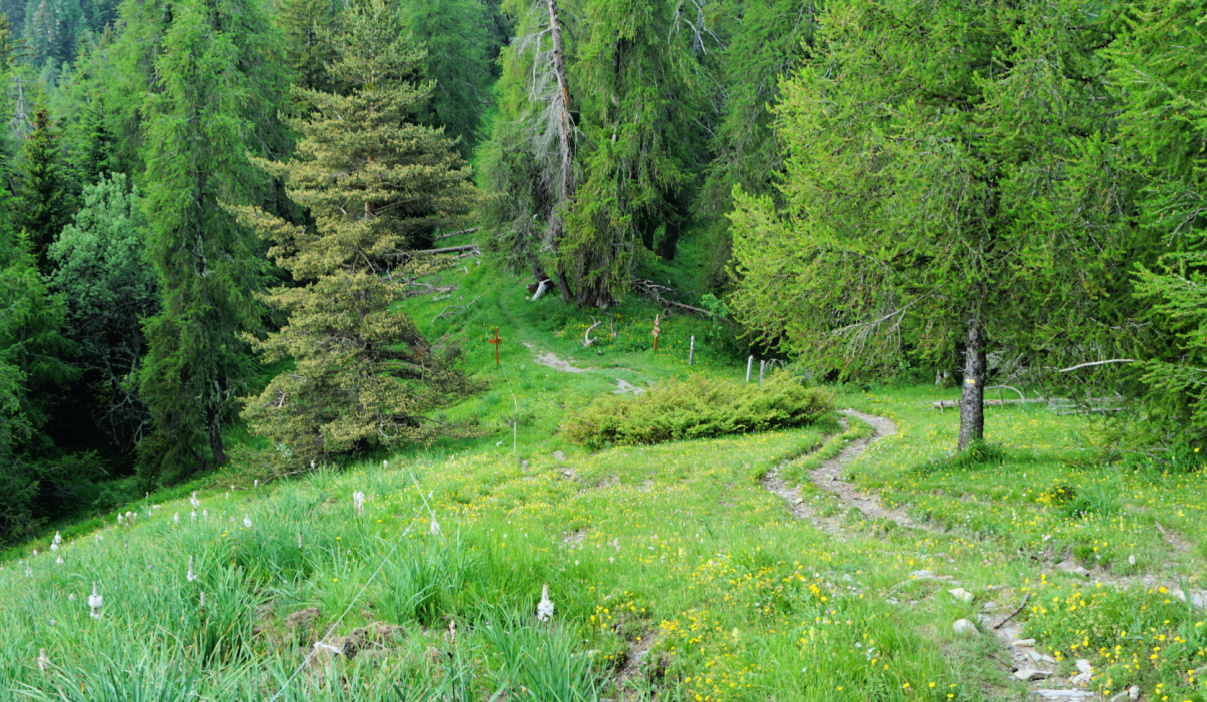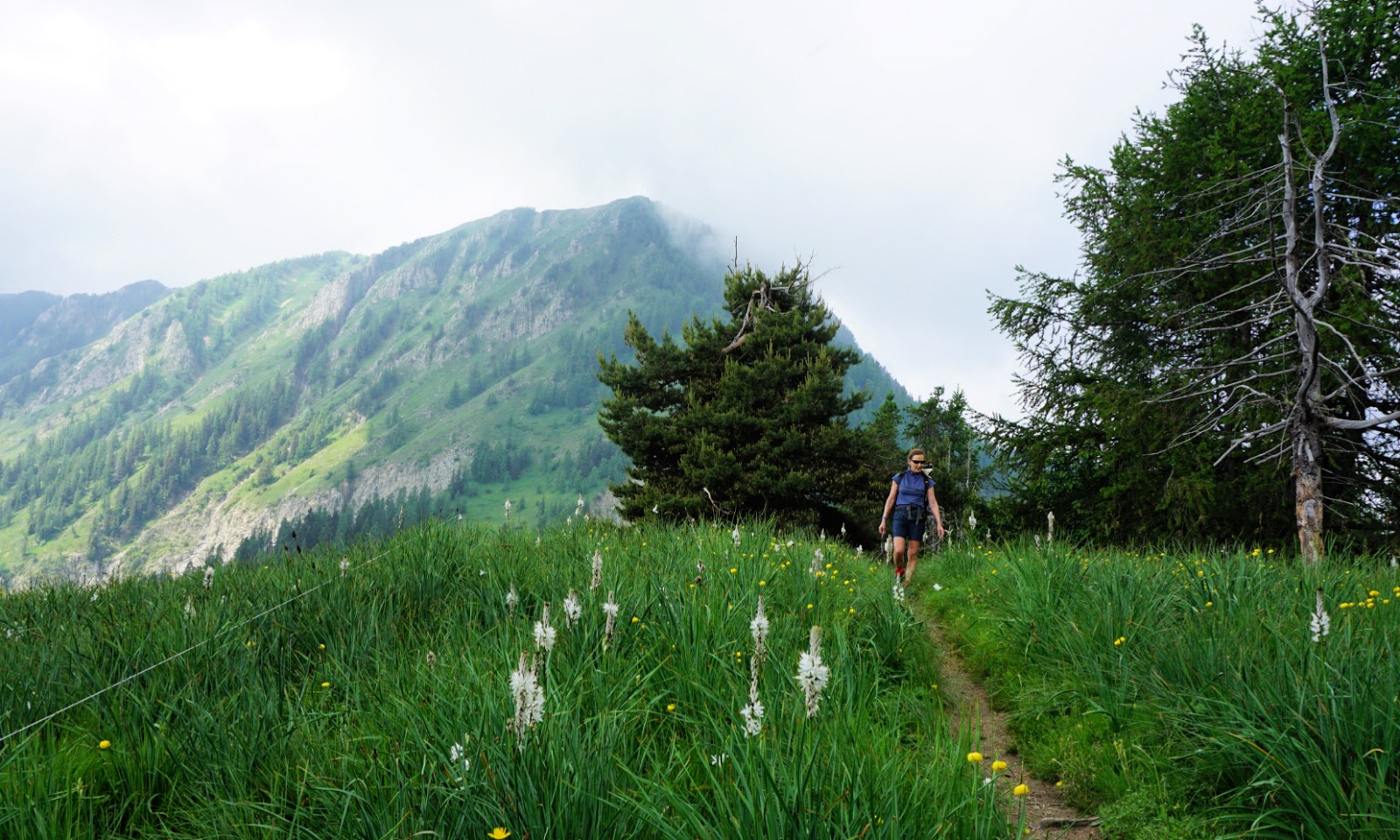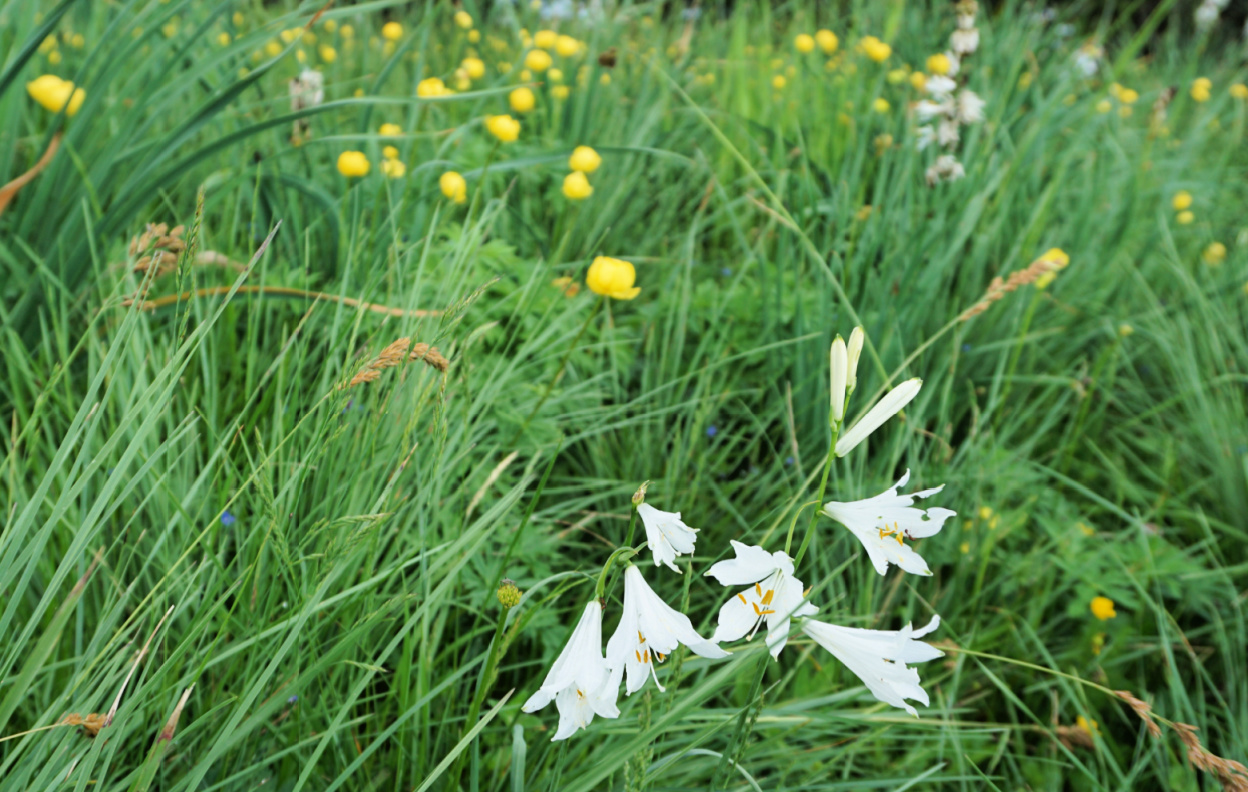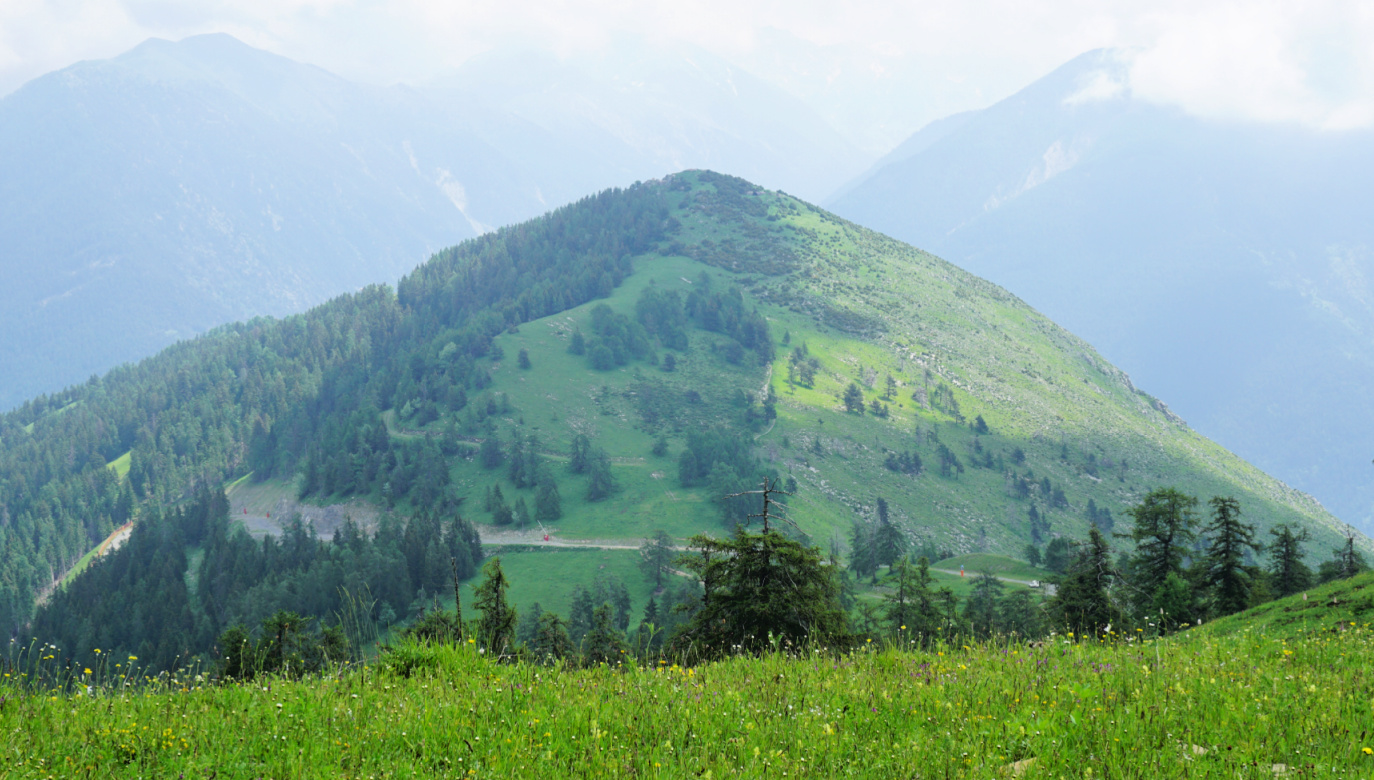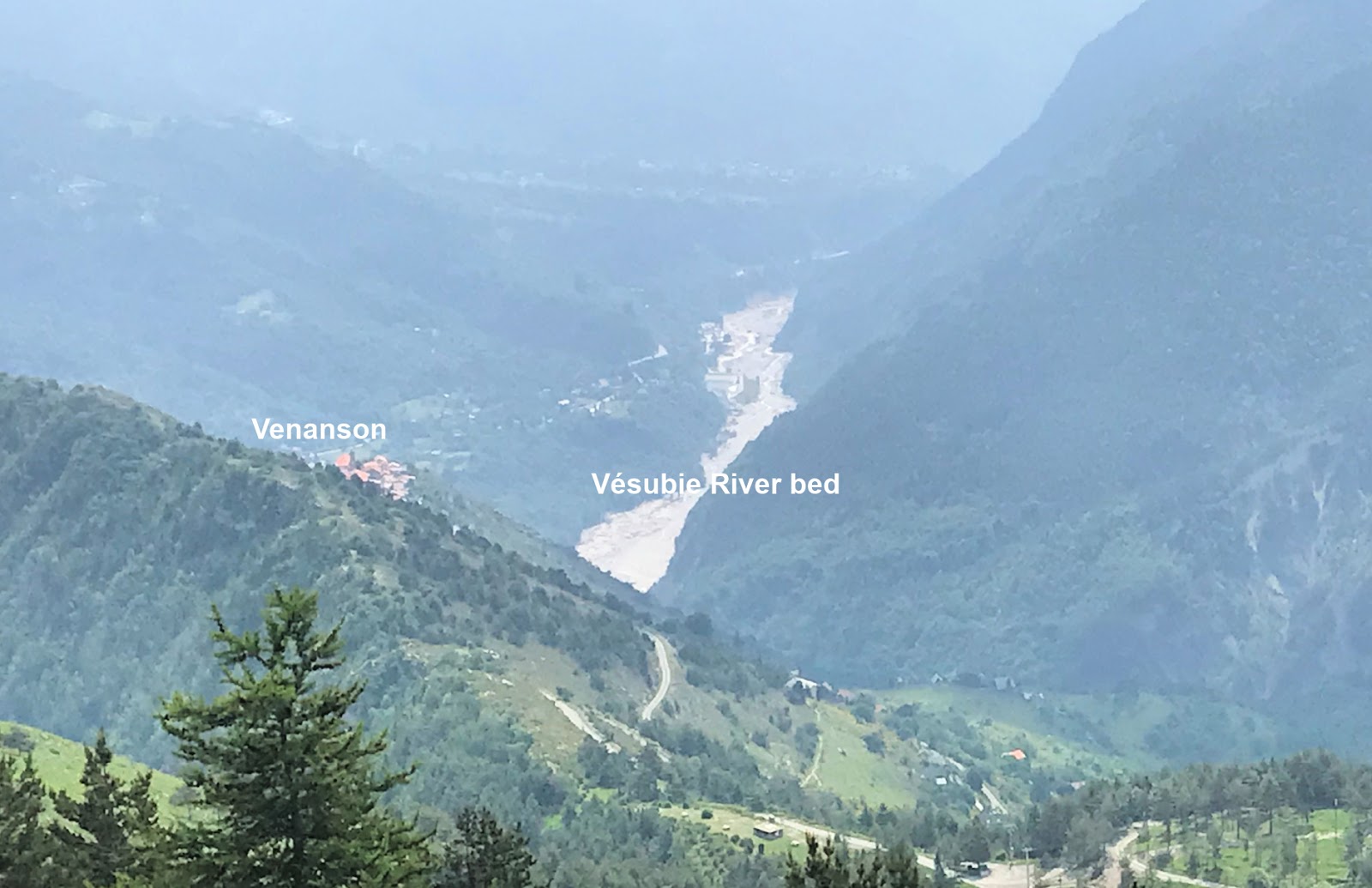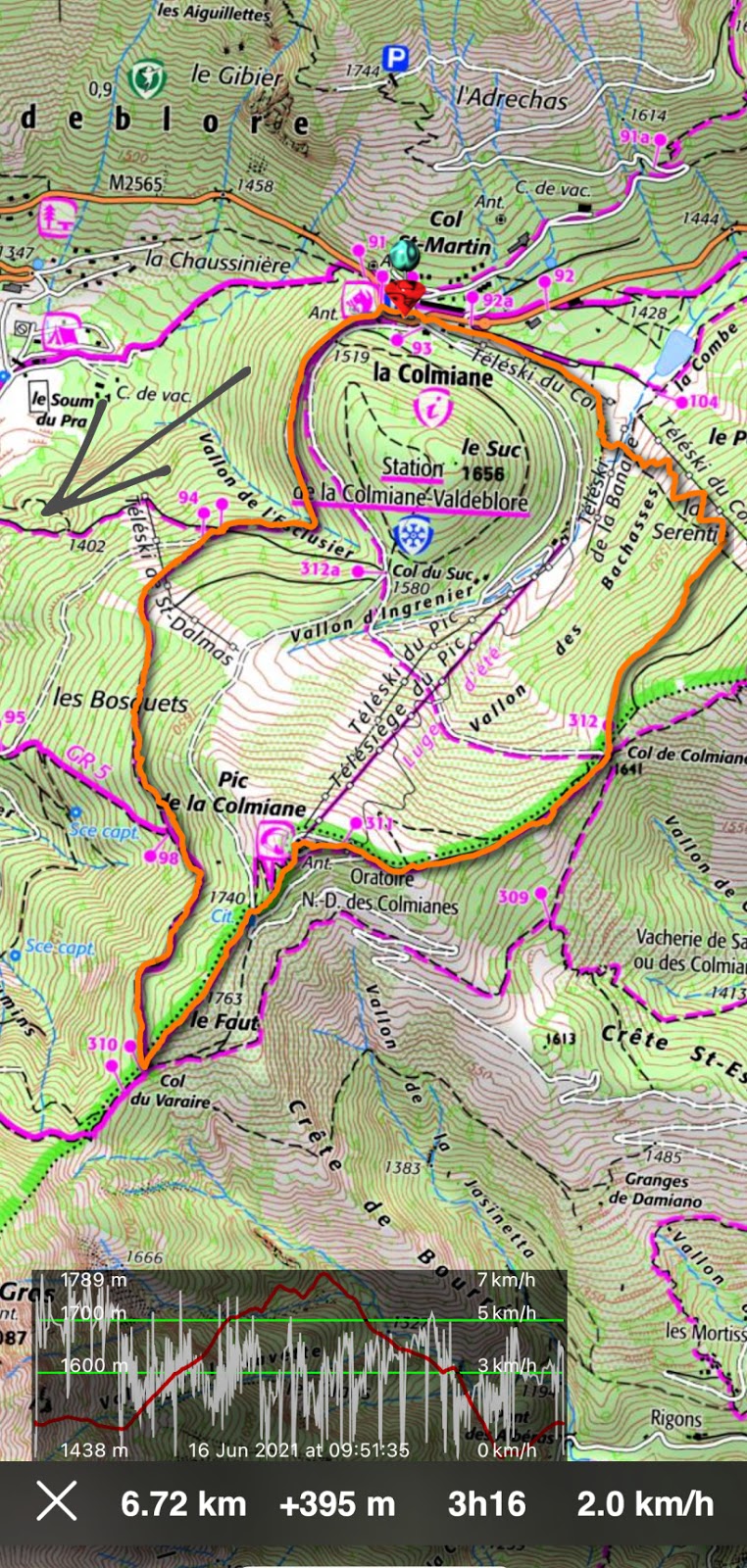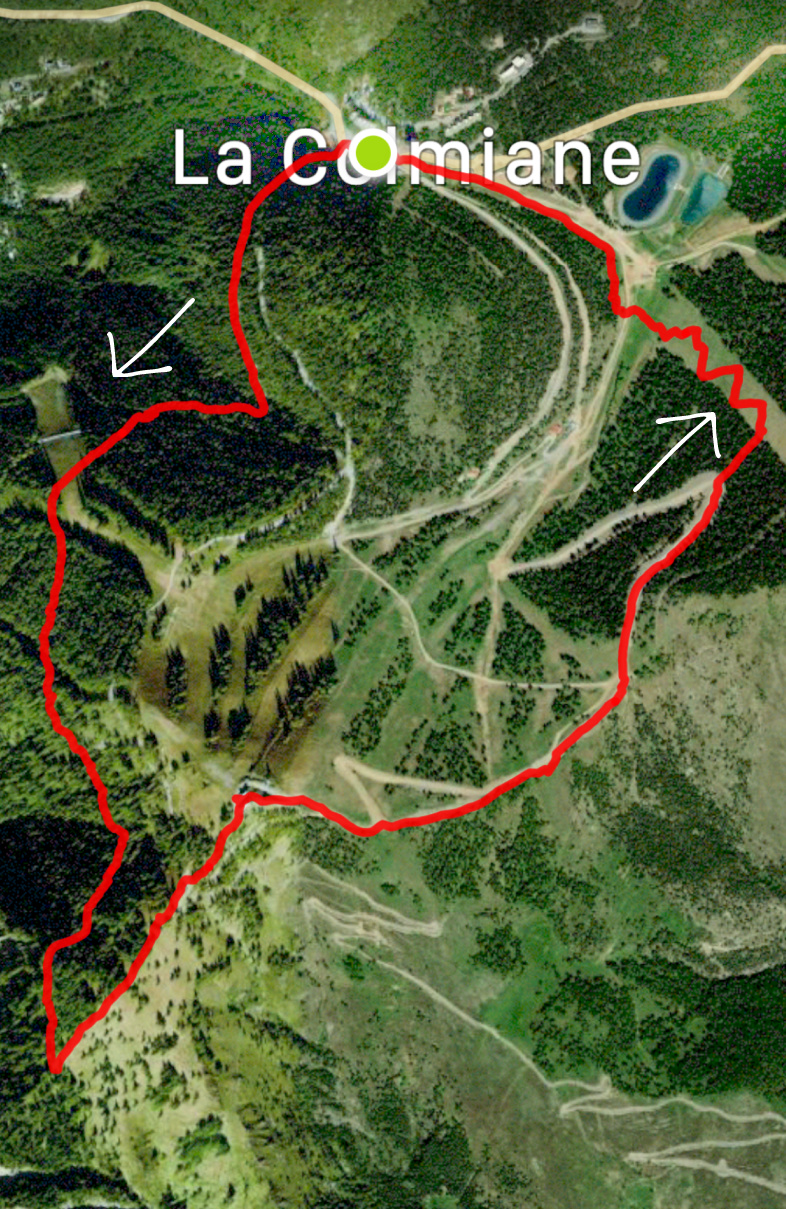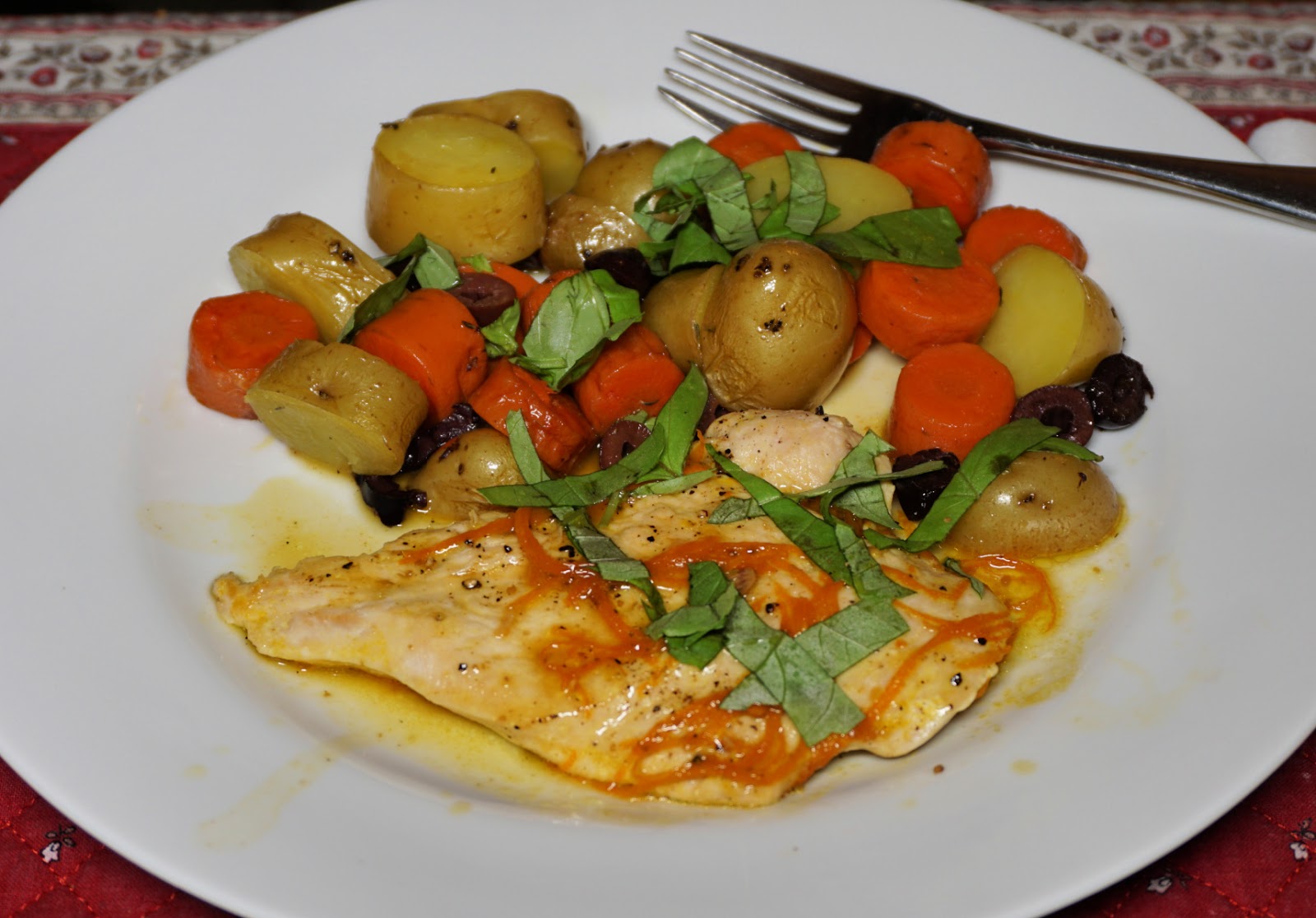Kiwifruit is particularly rich in vitamin C and vitamin K and contains moderate amounts of vitamin E and carotenoids. French kiwifruits are in season from November to May. France is now the third European producer after Italy and Greece. Nowadays we can also choose organic kiwifruits.
Chimichurri is a green sauce of finely chopped parsley, minced garlic, olive oil, oregano, red pepper flakes, and red wine vinegar. No Argentinian could think of eating steak without chimichurri!
I have seen some kiwifruit chimichurri recipes to go with meat, but I think that this sauce goes really well with roasted salmon or trout. I have changed the parsley and oregano with dill and basil which seem to better compliment fish.
2 servings
For the kiwifruit chimichurri:
2 kiwifruits, peeled and finely chopped
2 tbsp. olive oil
2 tsp. red wine vinegar
½ clove garlic, minced
Freshly ground black pepper
A generous amount of finely chopped dill and basil
For the rest:
2 trout fillets, about 200 g each, with skin
About 10- 12 cherry tomatoes
Olive oil
About 100ml green lentils
Make the kiwifruit chimichurri by mixing all the ingredients. Cover and refrigerate until needed.
Cook the lentils for about 20- 25 minutes until soft but not falling apart. Stir occasionally and add more water if needed. When they are soft, cover and keep warm.
Preheat the oven to 200°C roast.
Wash and dry the cherry tomatoes. Place them in an oven- proof dish with a splash of olive oil and roast for about 15 minutes.
Oil an oven- tray with olive oil and place the trout fillets in it. Roast for 8- 10 minutes depending on the thickness.
Divide the trout on the plates and top with kiwifruit chimichurri. Place the lentils and cherry tomatoes on the side.

